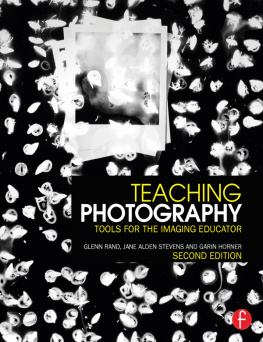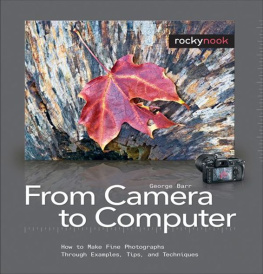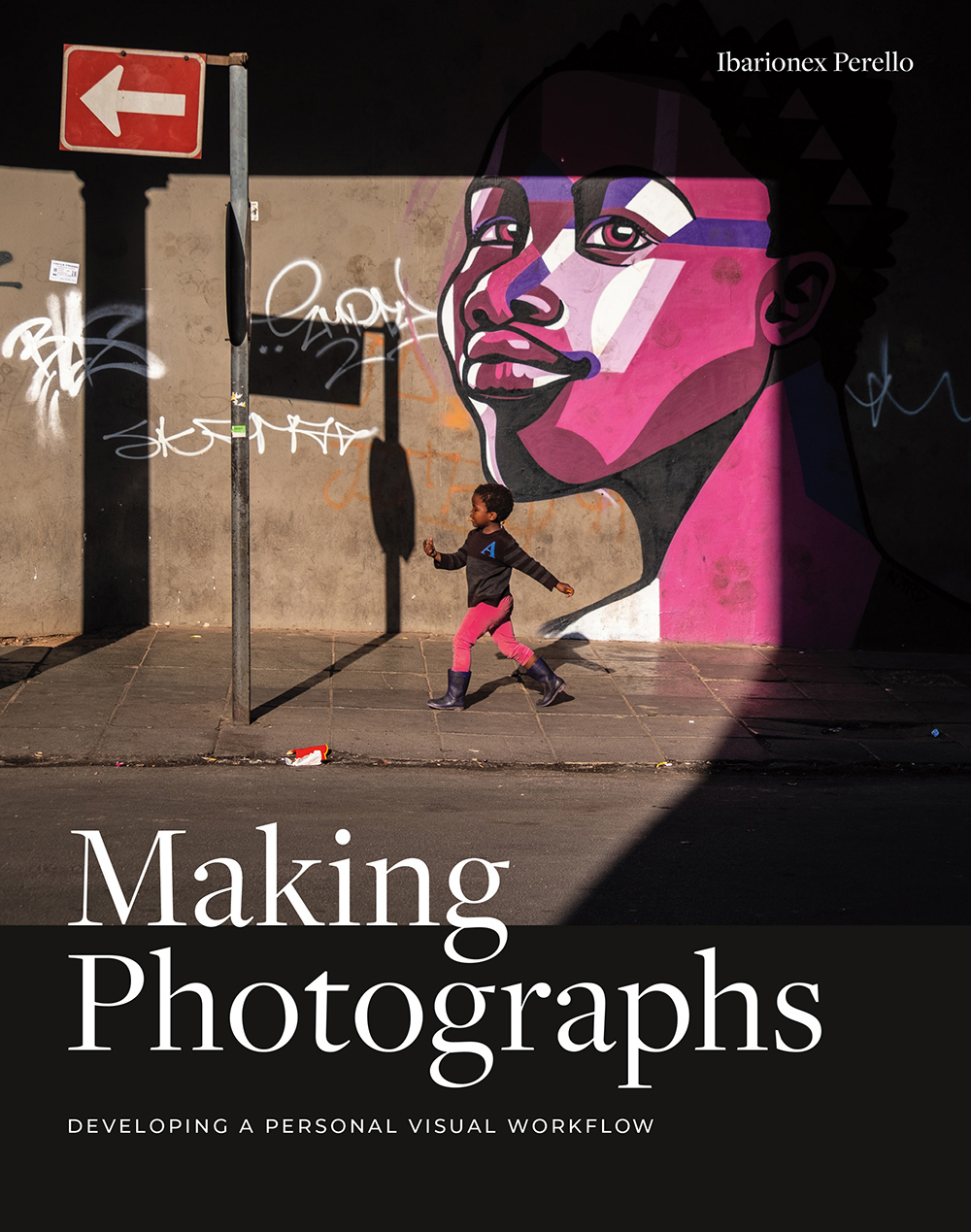Ibarionex has served as an adjunct professor at ArtCenter College of Design and he teaches workshops through the Los Angeles Center of Photography. He has spoken at numerous photographic events in the Unites States and abroad. He lives in the Los Angeles area with his wife and their dog Zooey.
Foreword
Ibarionex Perellos new book and photography course has a great advantage for its readers. Ibarionex is one of the best podcasters in the world of photography today. His insights and questions when he speaks with photographers are second to none; he probes and questions with intensity and love of the medium, and I know this from personal experience.
I have no doubt that he has learned and assimilated an enormous amount from the hundreds of artists he has spoken with, and this, combined with his own experiences as a photographer, adds to the depth of this new book. He has written a rich and provocative work of inspiration and instruction that will carry any open-minded enthusiast along on their trip toward personal discovery.
In todays world, where more than a billion people on the planet now have daily access to an image-making device, the cry for a reliable working method, and how to develop a personal point of view, seems universal. The guidelines and questions that this book puts into play will stimulate and educate anyone curious enough to take the time to enter Making Photographs: Developing a Visual Workflow.
I highly recommend taking the trip with Ibarionex and seeing how your understanding of your own work, and photography in general, comes into focus.
Joel Meyerowitz


Introduction
I believe the thing that makes it difficult to improve your photography is the ease with which you are able to make photographs. Raise the camera to your eye, press the button, and there you have it: a photograph.
It is this very simplicity that leads you to pick up a camera rather than a guitar or a tennis racket. With todays technology, you can pick up almost any kind of camera and produce a picture that is both well exposed and in focus. If you are lucky, you produce an image that is visually pleasing and solicits the admiration of family and friends. If you try the same thing with a guitar, you succeed only in producing a noise that no one, except maybe your mother, describes as music.
Photography is the rare creative process that offers entry to virtually anyone. And its simplicity is enough to lure you into a lifelong passion.
However, there comes a time when photography becomes harder. Surprisingly, the difficulty does not lie in an inability to understand shutter speed and aperture, or ISO and exposure compensation. These technical matters are relatively easy to understand, if not to master. The real challenge lies in the ability to make good images consistently.
Anyone is capable of producing a really good image if they capture enough photographs. However, the challenge is being able to do so consistently, and more importantly, to understand how and why you were able to do it in the first place. Without that knowledge, your good photography relies more on luck than skill or talent.
With this book, I hope to remedy this issue by helping you to move beyond the technical side of photography to the world of seeing. It is the act of seeing that really provides photography its magic. It is the seeing that provides wonderful moments of discovery that inspire you to reach for the camera in the first place. It is the seeing that, when practiced and improved, allows you to reach your full potential as a photographer.
Throughout this book we are going to break down seeing into a visual workflow, with individual steps that will help you to not only make great photographs, but also gain a clearer understanding of what it takes to do so.
We will break down this visual workflow into four categories:
Light and shadow









